May 21, 2017
Martha O'Kennon
It was cold, it was hot, it was very hot, it's cold. But we could see the little plants typical of the month beginning to send out little shocks of color. Here is one of those orange poppies trying to survive the other more aggressive plants out there. In the wall well where the water outlet is, some columbine that has gone natural, and, out back, in front of the woodshop, a return of the bladder campion, a wildflower with an interesting bladder structure behind the flower.

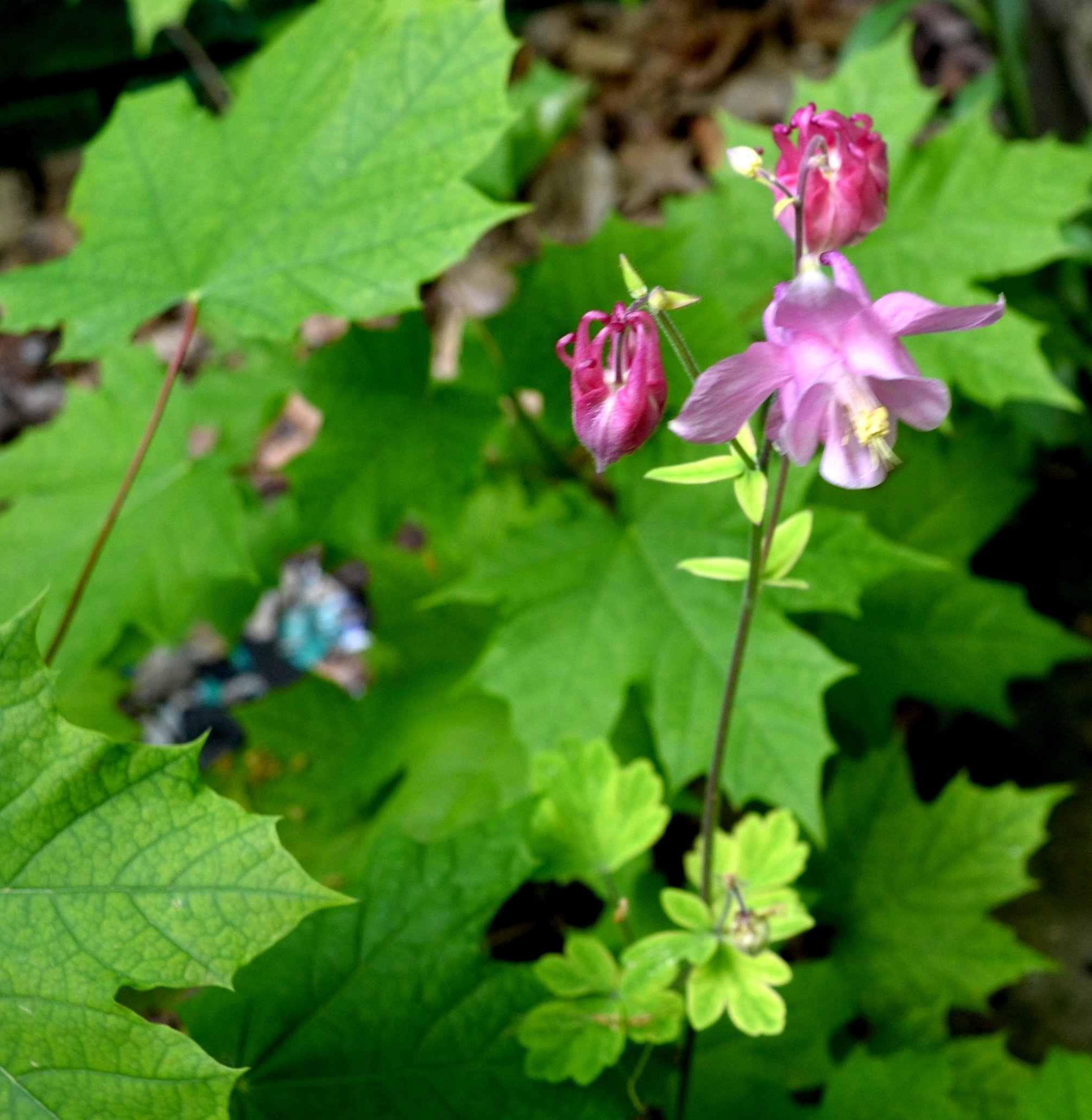
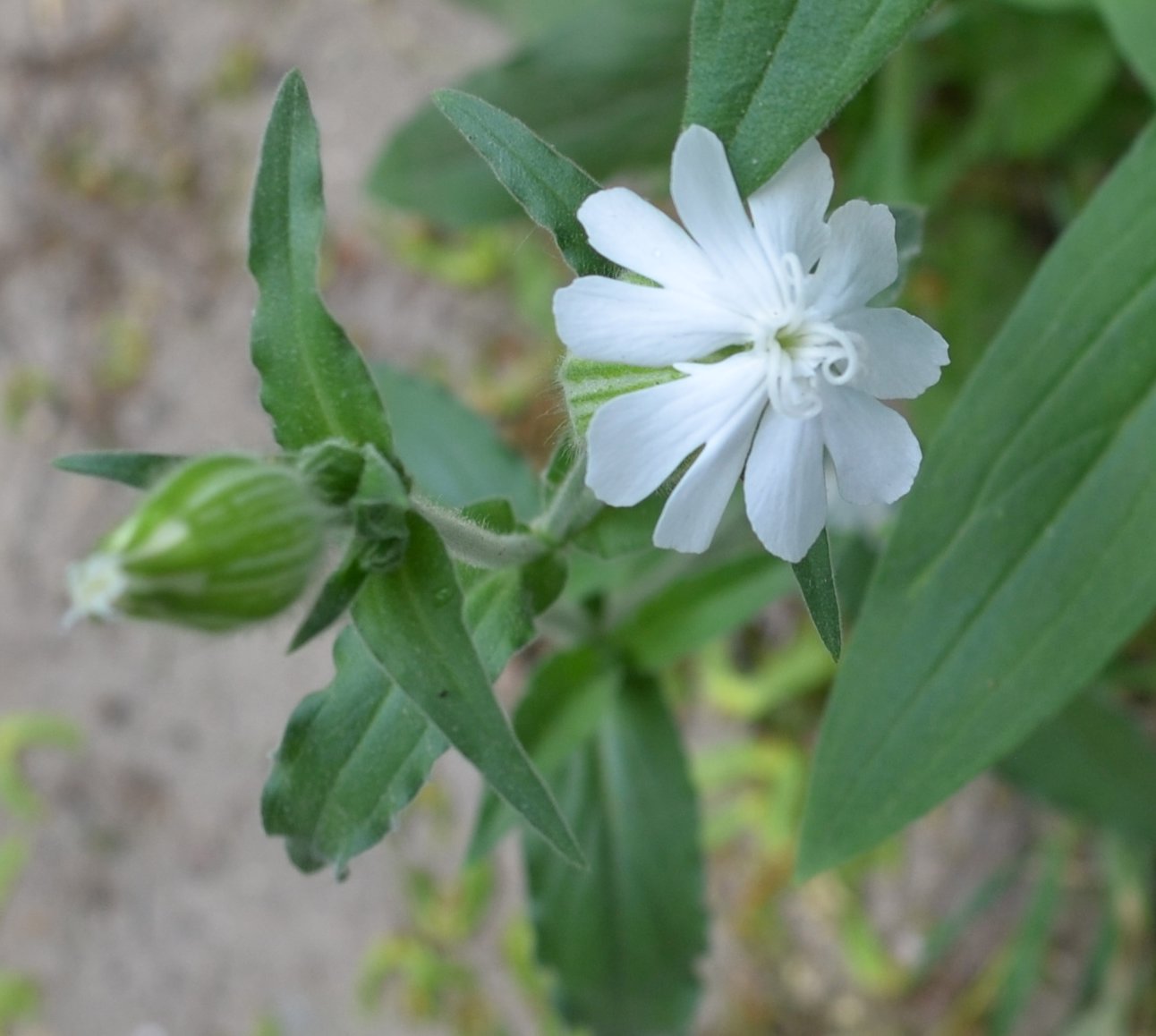
This honey-bee or look-alike was dipping her tail into the pond as if laying eggs. This pinkish beetle looks new to me. When I first looked at the beetle at right, I was sure it was a long-horned beetle, but now I'm pretty sure it is a two-spotted Soldier Beetle.
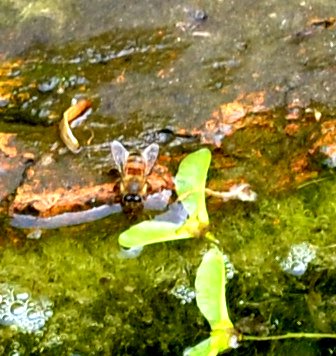


Remember that there is information in the name of the file for each image. You can see it by mousing over the image - look at the lower left of the screen.
Or you can click on the image to get to the (usually) larger image. Then the info is displayed in the address line above.
With fresh new vegetation come more bugs and then more assassin bugs to keep them under control. And mystery bugs too. This one looked a bit metallic to me but not after I got it cropped and all that. And there was one tiny caterpillar, maybe 1/4 inch long. I know it looks like a seahorse in this shot, but it isn't.
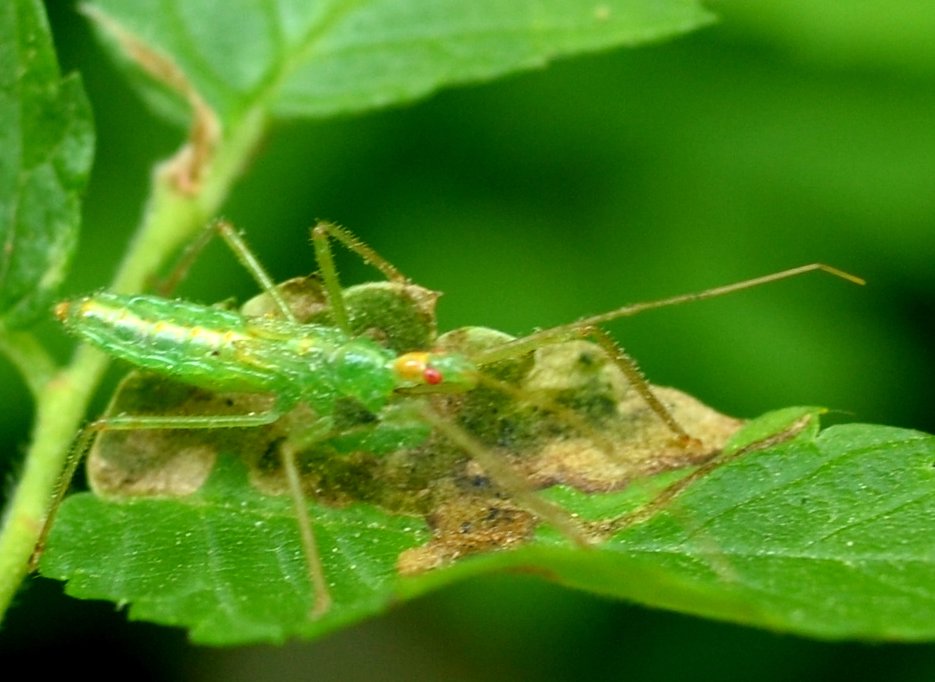
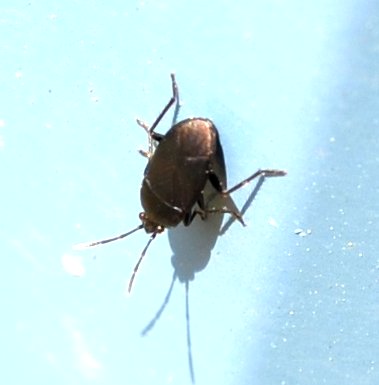

It turns out that we had quite a few more new plants out this week, like this goldenrod plant - so far no little buggies in it. Do you remember that last spring the goldenrods were covered with little green and red aphids? Well, I look every day but still haven't seen any of them. The pond was roiling with the 8 large fishes and the 12-13 younger fish hatched last year. Best of all, the damselflies are back. I found this beautiful black and blue little American bluet the other day and was so happy to see it.
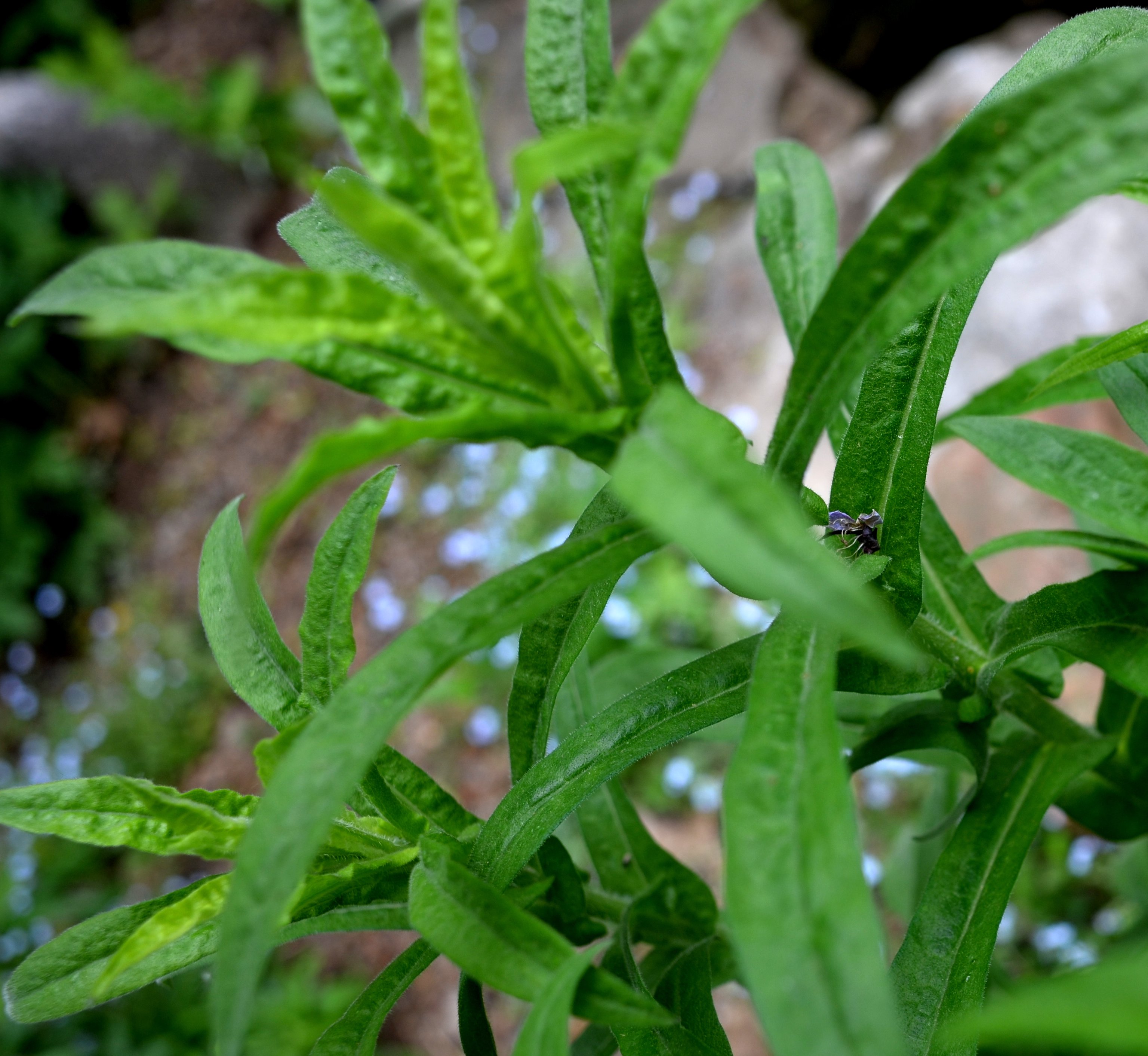
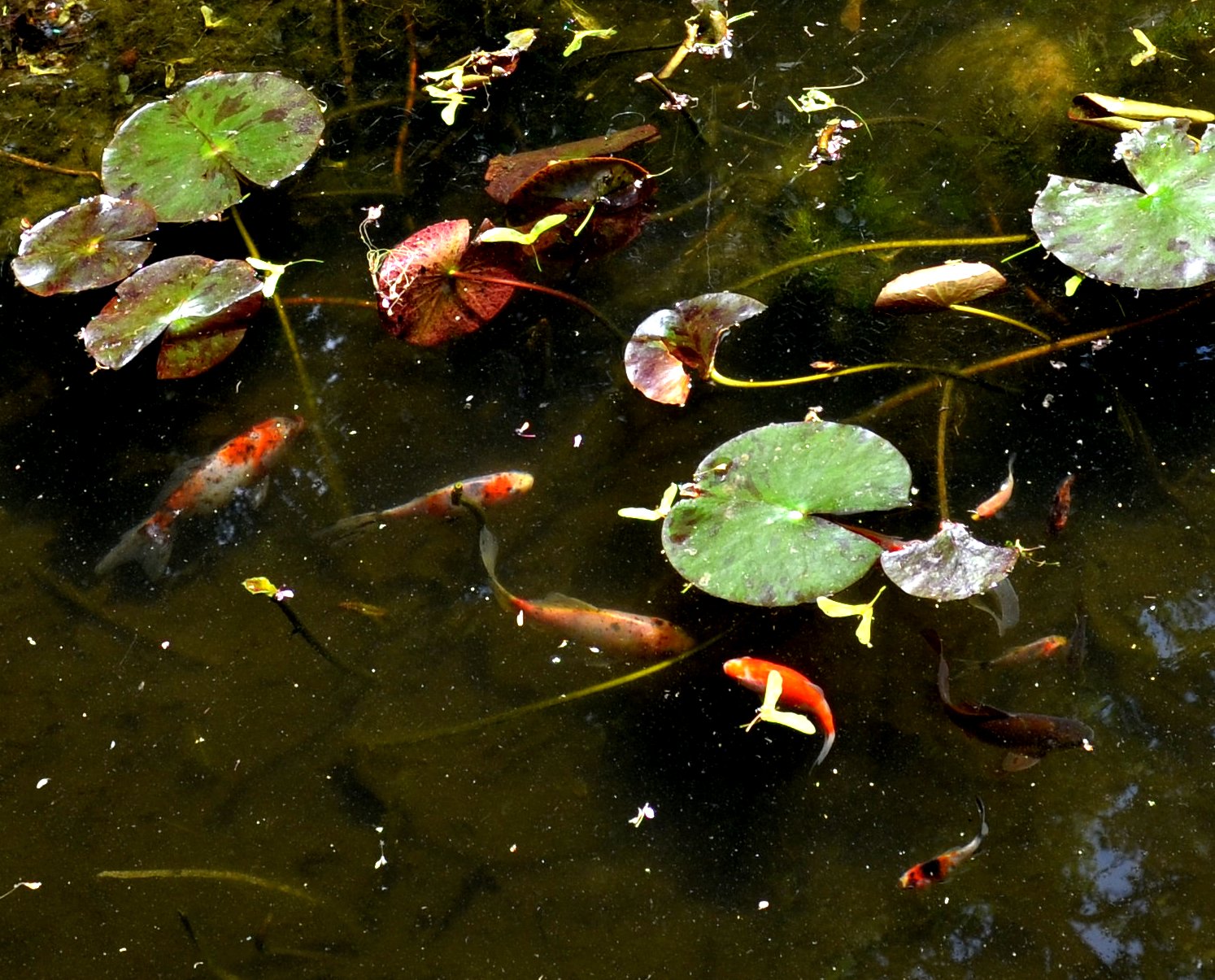
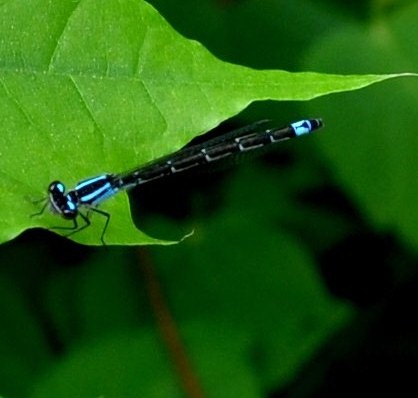
On the fly side, we had a number of new or exotic-looking flies. This includes a couple of new crane flies., some of them smallish like this one basking in the alpen-glow. This lovely midge with lots of woodsy-looking brown markings just blows me away. Not even my colors,but so rich!

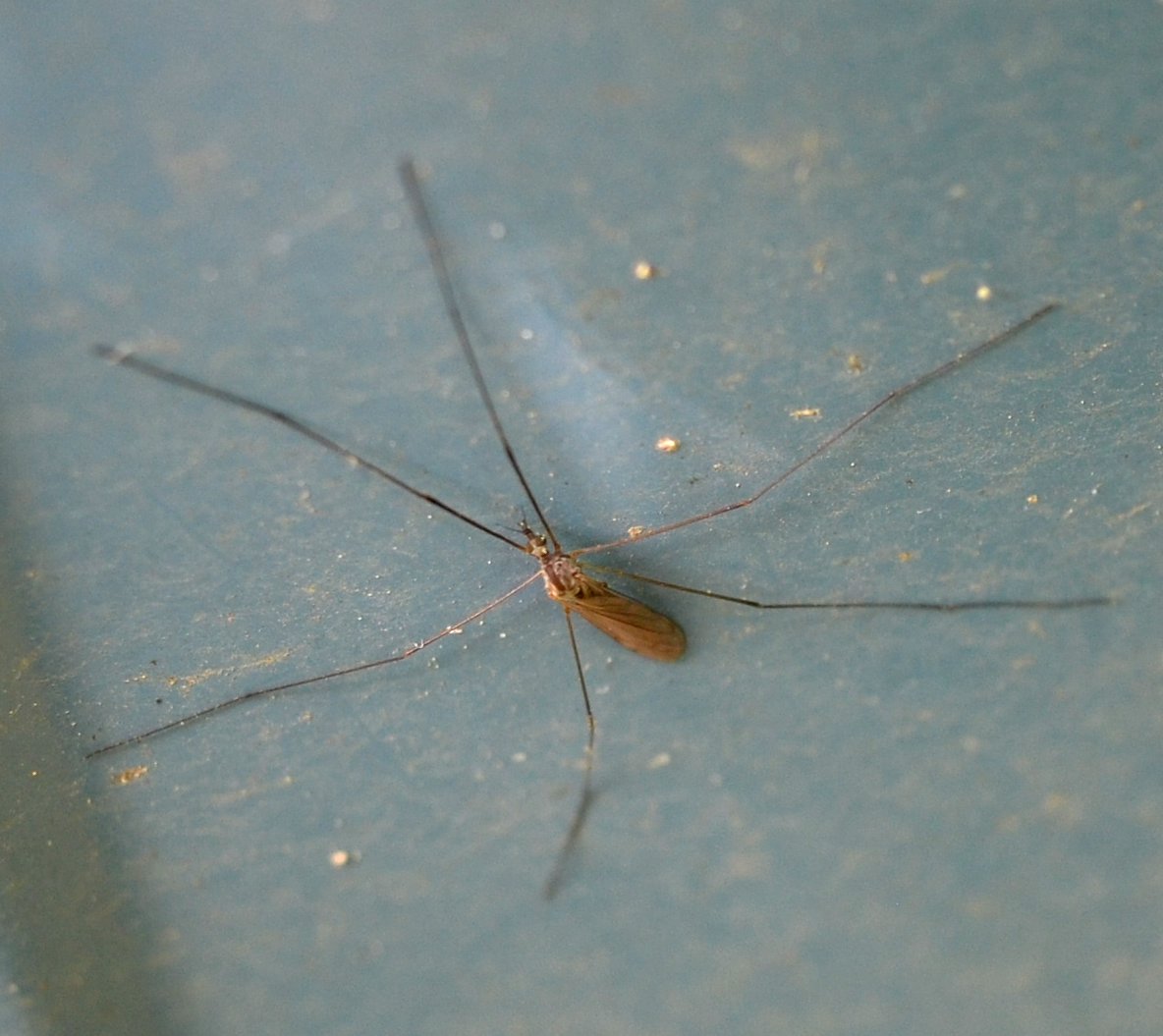

This, as you probably remember from earlier years, is one of those clever Flies that manage to look much more like a moth than a fly. Here's the root maggot fly again in its charming gold-flecked wings. And a common snipe with its lovely patterned wings. I thought it was about time for them to show up!
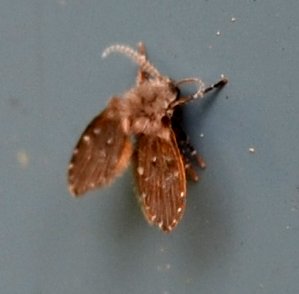


The baby harvestmen are so lovely. Their bodies seem to be as vital as when they are full-grown while their legs are gradually getting larger and longer.
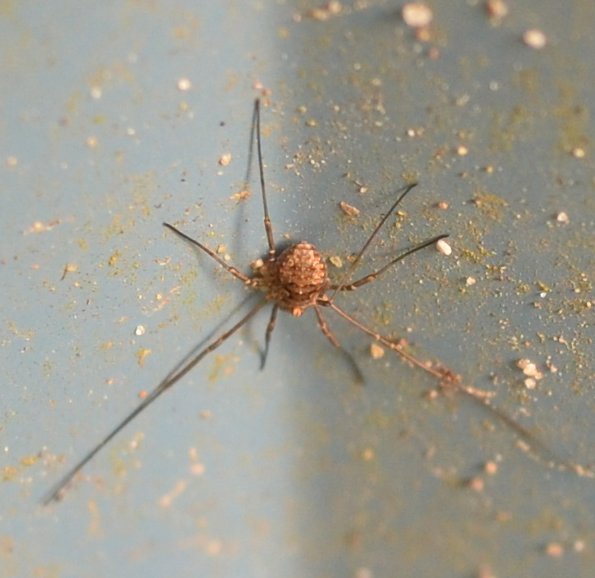
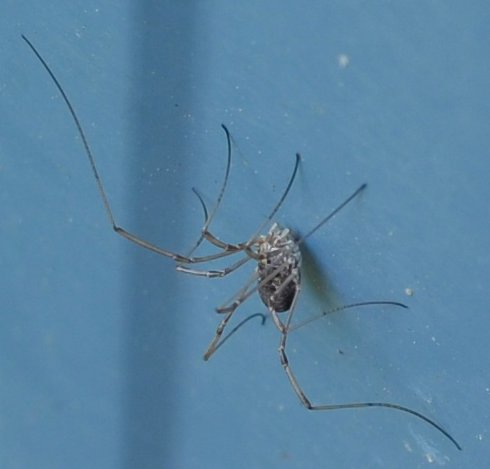
Here's a mosquito with wings that look to have been washed with pastel colors and browns; this one is probably another kind of root maggot fly, and the last image (the flies all having been pictured) is a moth. It's called a grass miner, which means the larvae eat the leaves from the inside, leaving "mining" trails.
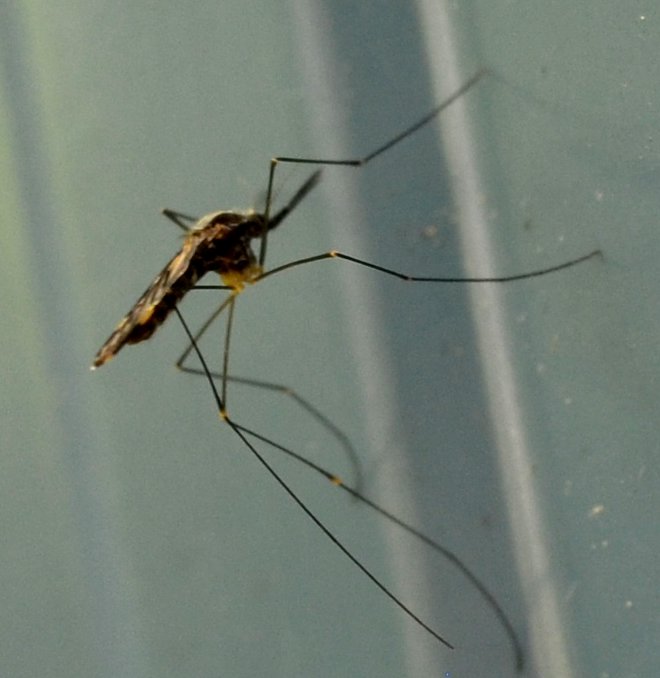

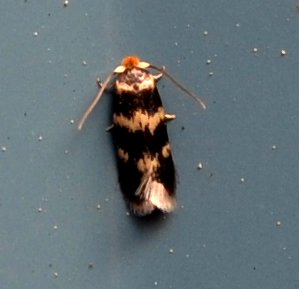
Most of our little baby spiders are growing up. Here are three different looks a common house spider can take on.
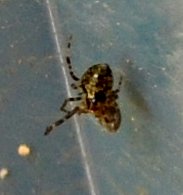
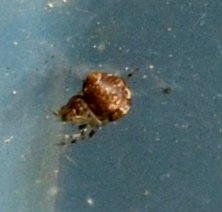
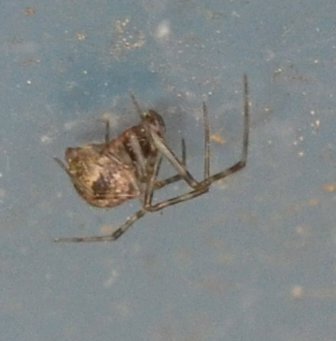
We seem to keep finding "ghost spiders" - talk about many possible colorings and patterns. At least the little ghosties are often pink or white with a sprinkling of dark dots. We can also kind of keep up with the jumpers - they tend to have "headlights" for eyes.
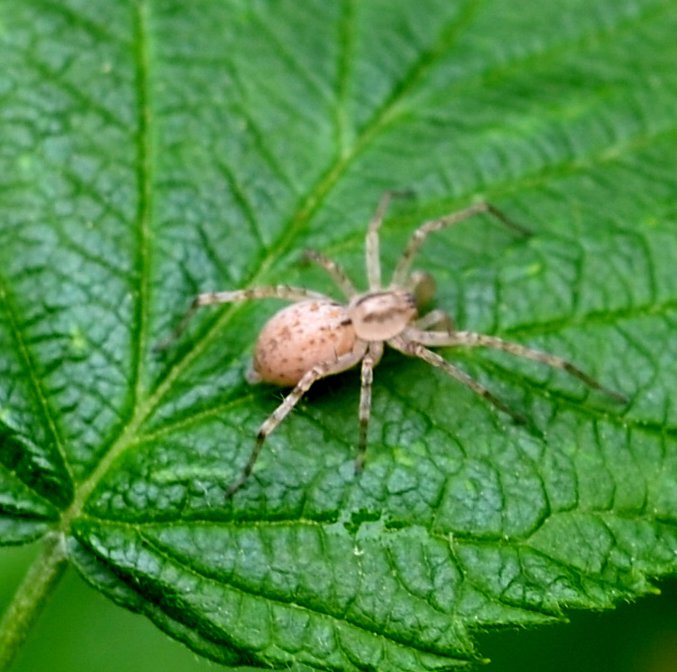
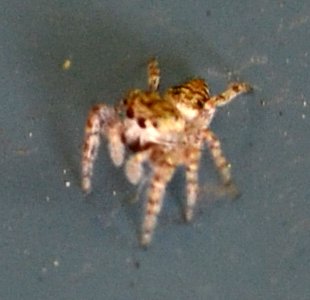
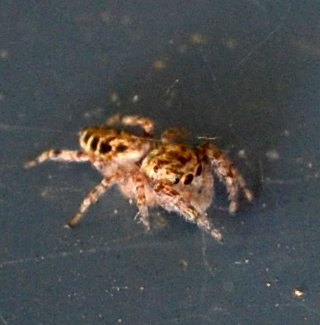
This greyish spider may be another kind of ghostie. It was a svelte runner among the leaves, but look how bravely it faces us when we catch up to it.
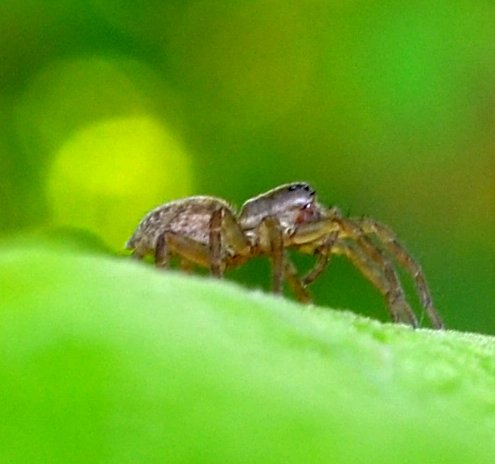
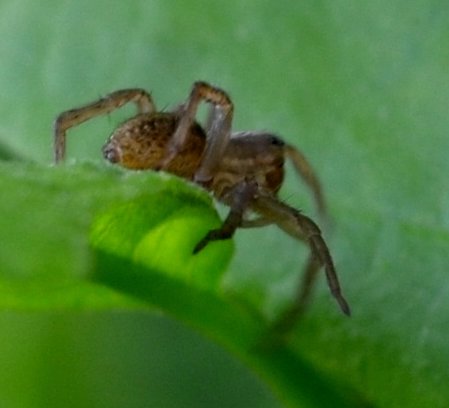
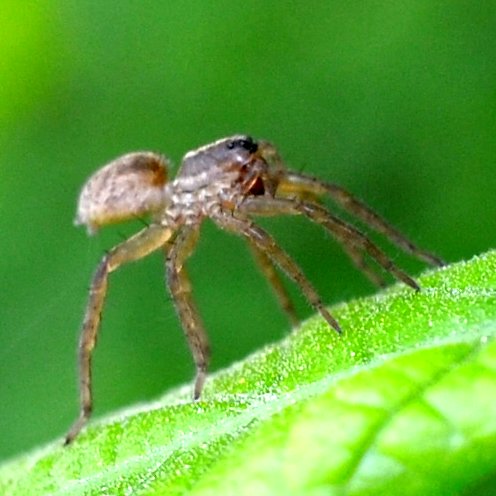
A walk through the saplings coming back from last year. The oak leaves are unfurling slowly, and here's a spider at the end of a leaf. Second is a close-up view of the spider at the end of the leaf. I can't tell what it is likely to be but it has some hints of an orbweaver expanding. This last one, I've been labeling it a "pirate" and now it really does seem to be the M. puritanus, spooky eye- markings and all.

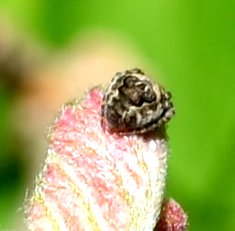
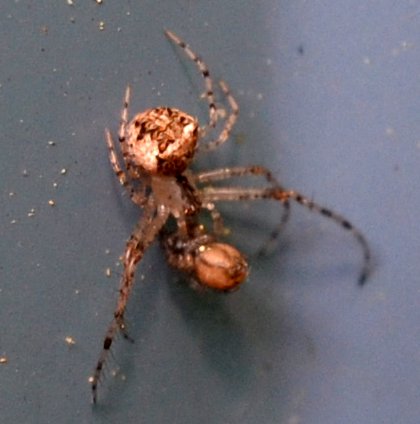
If you recall, last month we had a visit from the American toad family. After a lot of effort to unfurl a big piece of chickenwire so that it might hopefully keep the raccoon somewhat at bay, we ended up that visit with a big batch of toad eggs. Now the contents of the eggs are visible as tadpoles! But more news. We also had another visit from a male and female who stayed in amplexus (mating posture) overnight in the pond. But the next morning I found the female dead on my back porch mat. This is typical behavior from the raccoons although I suppose a cat might do the same, they just haven't ever shown any interest in the toads. Here are the mating pair before I went in that night. After a while, a few strands of toad egg material showed up in the water. So we might have a few toadlets in a while. But in the meanwhile the older tadpoles are now growing bigger from day to day and so we might end up with quite a good crop of them. Wish us luck!
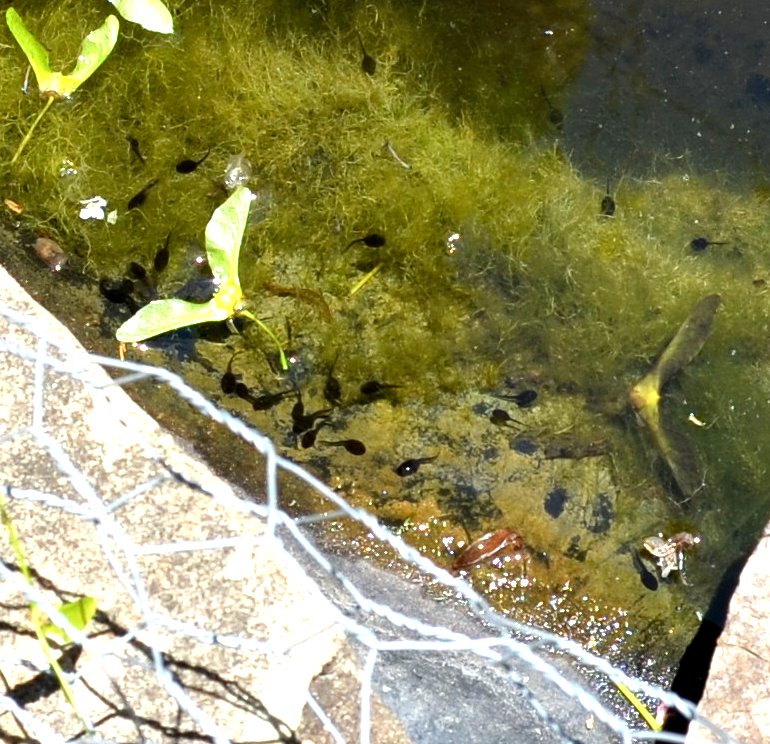
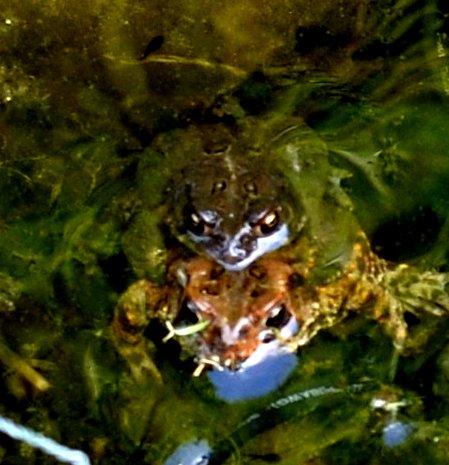
A few more vegetation pictures to round out the week. Here is a may apple flower hanging down under the green leaves. The lily pads on the pond are becoming more and larger. We might get some lilies soon! This last picture is of the last two years' paper wasp nests. Note that there is no work showing up this year (last year the first I noticed the new work happening was)so maybe I will discourage the little darlings from setting up shop in my air conditioner upstairs. The last image shows the progress of last year's nest as of May 27, 2016.
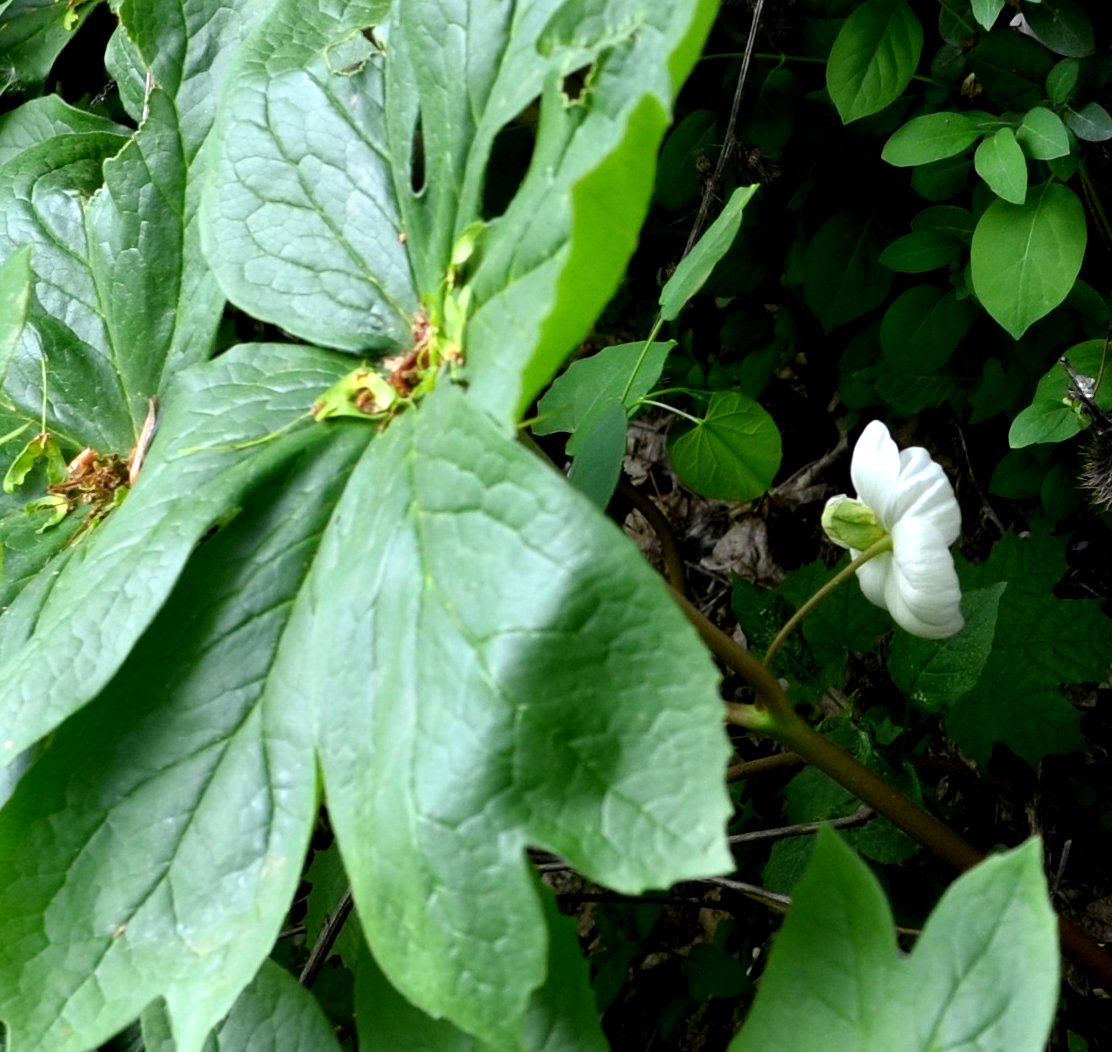
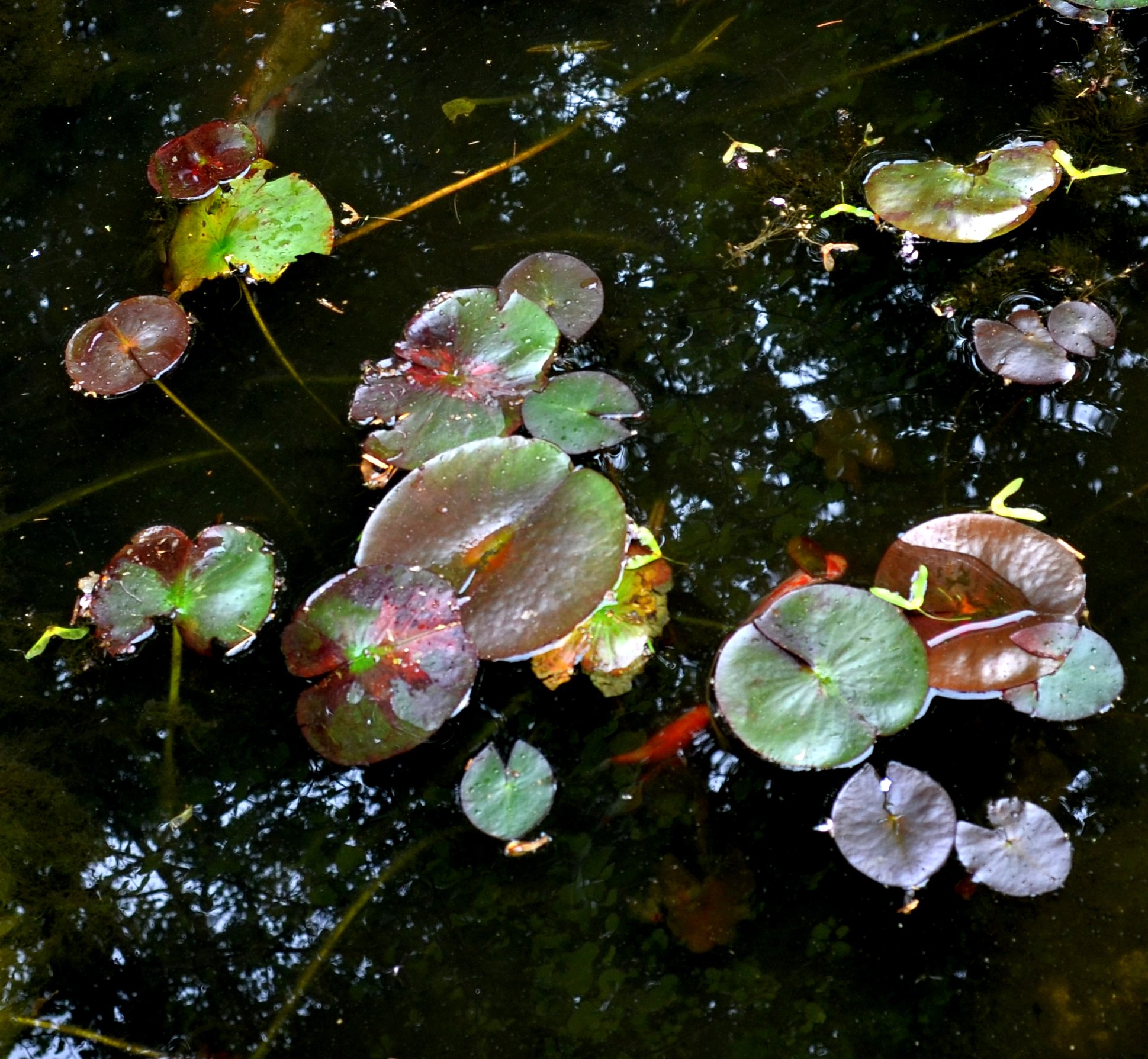

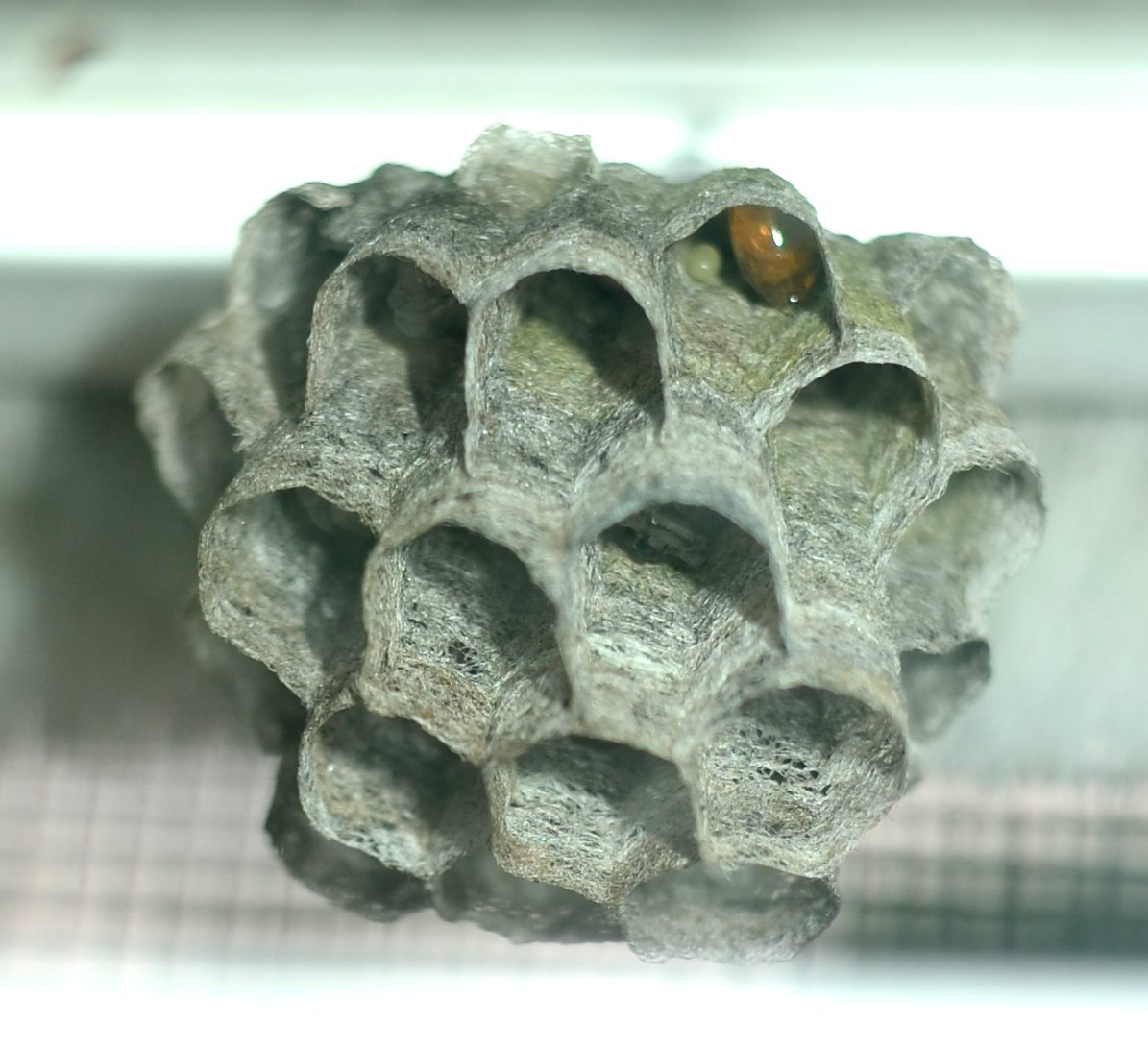
So that is it. I've been enjoying a rotten case of sinusitis/bronchitis and hope this one is about over! I hope the rest of you are avoiding the seasonal ailments and are getting ready to enjoy the coming season!
Love, Martha
Back to May 14, 2017
Forward to May 28, 2017
Back to 2017 menu











































